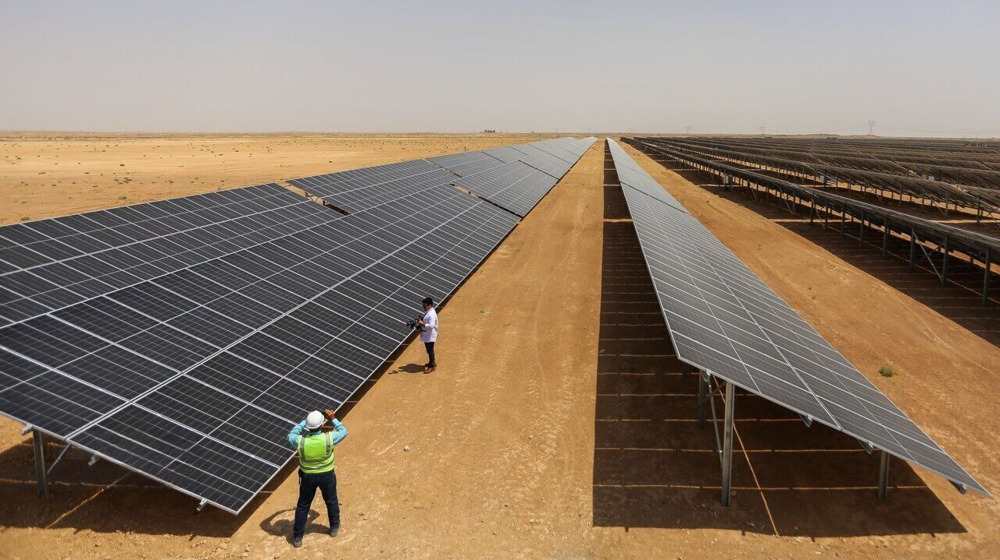Iran allows renewable power export through swap on border
Iran’s Energy Ministry has issued a decree allowing the export of electricity generated from renewable sources through a swap mechanism off the national grid and on the borders.
The ISNA news agency said in a report on Tuesday that electricity generated in solar and wind farms in any part of Iran can be swapped with the same amount of power from the national grid on the borders for delivery to foreign customers.
Seyyed Mohammad Sadeqzadeh, a deputy energy minister, told ISNA that five or six applications had already been submitted to the ministry for export of electricity through the new mechanism.
The official said both foreign and Iranian investors had shown interest in the new scheme which he said would encourage more partnership between owners of the wind and solar farms inside Iran and customers outside of the country.
The new scheme comes as Iran seeks to spur more growth in a renewables sector which is currently responsible for a tiny portion, around one percent, of the total electricity output in the country.
Statistics provided by the government in late September showed that output capacity from renewables had topped 841 megawatts (MW), a 10-percent increase from the previous month.
That comes as studies approved by international agencies suggest Iran has a capacity of 150,000 MW for production of electricity only from solar farms.
The government has launched other schemes to encourage development in the sector, including an overpricing system which pays for the electricity generated from renewables up to 30 percent more than the power produced in normal plants.
Experts believe the new scheme for swap of electricity from renewables with that from the grid on the borders would attract more investment to the sector, especially from neighboring countries, where demand for electricity is surging despite lack of sufficient production.
Donors receive favors from Trump’s fundraising machine post-election: Report
Iran plans launch of its heaviest ever satellite on Dec 28
Epstein abuse survivors slam US Justice Department over redacted files
VIDEO | Unintended consequences of a meaningless war
Iran’s IRGC says it has pulled out of Venezuela subway project
Ben-Gvir proposes 'crocodile prison,' mandatory death penalty for Palestinians
Iran set to simultaneously launch 3 satellites into space this week: Report
Israeli drone strike kills three in southern Lebanon amid truce violations













 This makes it easy to access the Press TV website
This makes it easy to access the Press TV website